Slipped Capital Femoral Epiphysis Vs Legg-calve-perthes Disease
Slipped capital femoral epiphysis vs legg-calve-perthes disease. Slipped Capital Femoral Epiphysis and Legg-Calvé-Perthes Disease. Pathologies related to the femoral head are Legg-Calves Perthes and Slipped Capital Femoral EpiphysisLeg-calve-Perthes is more common in the 4-10 year olds. The affected leg may also appear to be shorter.
There is often a loss of complete hip flexion. Major developmental causes of femoroacetabular impingement. The term slipped capital femoral epiphysis is actually a misnomer because the epiphysis.
Two of the most common pathologies in this age group include slipped capital femoral epiphysis SCFE and Legg-Calvé-Perthes disease LCPD. Share your videos with friends family and the world. The pathogenesis is thought to involve a period of ischemia in the proximal femoral epiphysis followed by revascularization.
Clinically leg-Calve-Perthes presents as a painless intermittent limp but after time it becomes painful with activity. The current understanding of morphological deformities of the hip such as femoroacetabular impingement FAI Legg-Calvé-Perthes disease LCPD and slipped capital femoral epiphysis SCFE is based on two-dimensional metrics primarily involving the femoral head that only partially describe the complex skeletal morphology. Associated systemic disease may be present.
Slipped Capital Femoral Epiphysis and Legg-Calvé-Perthes Disease. LCP can occur between the ages of 2 and 12 is 3 to 5 times more common in boys and is bilateral in 10 to 20 of cases. Slipped capital femoral epiphysis may present with an acuteinsidious onset of pain and limp.
1 LCPD typically presents in the 4- to 9-year-old child with an acute onset of unilateral limp and hip joint stiffness. Inability to fully rotate the hip inward. Walks with a limp.
However in the Slipped Capital Femoral Epiphysis starts off with pain that is dul aching from the groin all the way to the knee and. LeggCalvePerthes Disease usually occurs between the ages of 4 and 8 while Slipped Capital Femoral Epiphysis usually occurs between the ages of 10 and 15.
It is associated with ischemia of the capital epiphysis and mild skeletal growth retardation in the femoral head not due to an infectious or inflammatory process.
Slipped capital femoral epiphysis SCFE vs. Unlike slipped capital femoral epiphysis LeggCalvéPerthes disease usually presents between the ages of 5 and 8 years as a limp or pain in the extremity. Slipped Capital Femoral Epiphysis and Legg-Calvé-Perthes Disease. LeggCalvePerthes Disease usually occurs between the ages of 4 and 8 while Slipped Capital Femoral Epiphysis usually occurs between the ages of 10 and 15. Slipped Capital Femoral Epiphysis and Legg-Calvé-Perthes Disease. The term slipped capital femoral epiphysis is actually a misnomer because the epiphysis. Major developmental causes of femoroacetabular impingement. Slipped capital femoral epiphysis is a medical term referring to a fracture through the growth plate which results in slippage of the overlying end of the femur. Share your videos with friends family and the world.
The importance of early diagnosis is paramount in both of these disorders to allow for early treatment and attempt to limit the potentially morbid outcomes. There is often a loss of complete hip flexion. Slipped capital femoral epiphysis SCFE vs. The current understanding of morphological deformities of the hip such as femoroacetabular impingement FAI Legg-Calvé-Perthes disease LCPD and slipped capital femoral epiphysis SCFE is based on two-dimensional metrics primarily involving the femoral head that only partially describe the complex skeletal morphology. Problematic femoroacetabular impingement frequently is seen following Legg-Calvé-Perthes disease LCPD in young children and following slipped capital femoral epiphysis SCFE in older children and adolescents. May be unable to bear any weight on the affected leg. Clinically leg-Calve-Perthes presents as a painless intermittent limp but after time it becomes painful with activity.


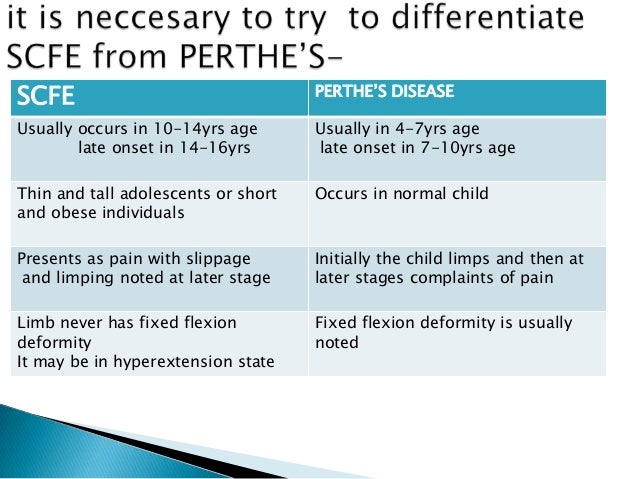

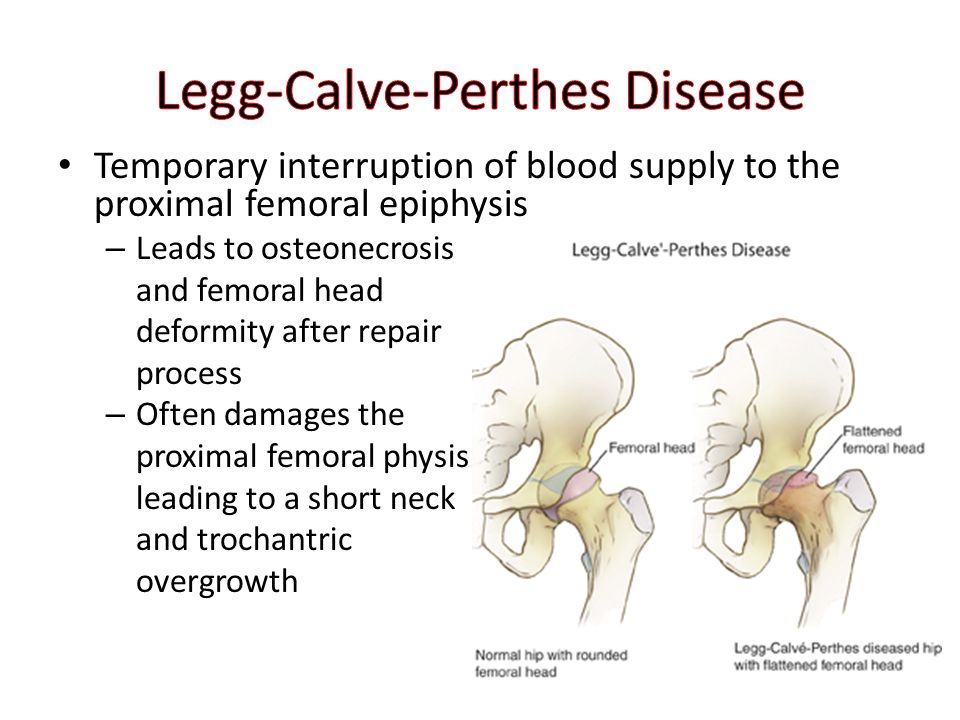

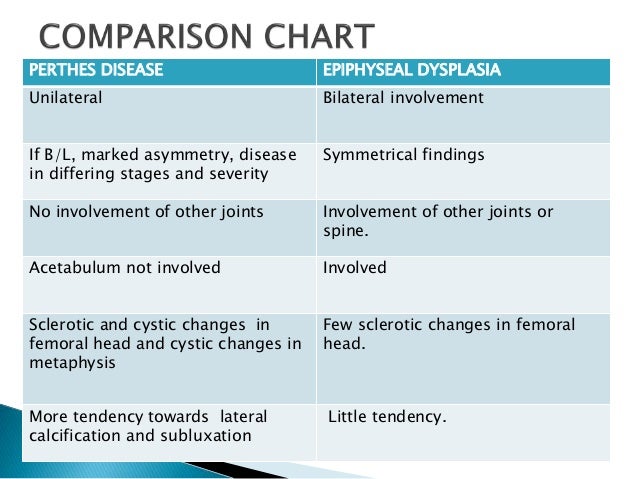



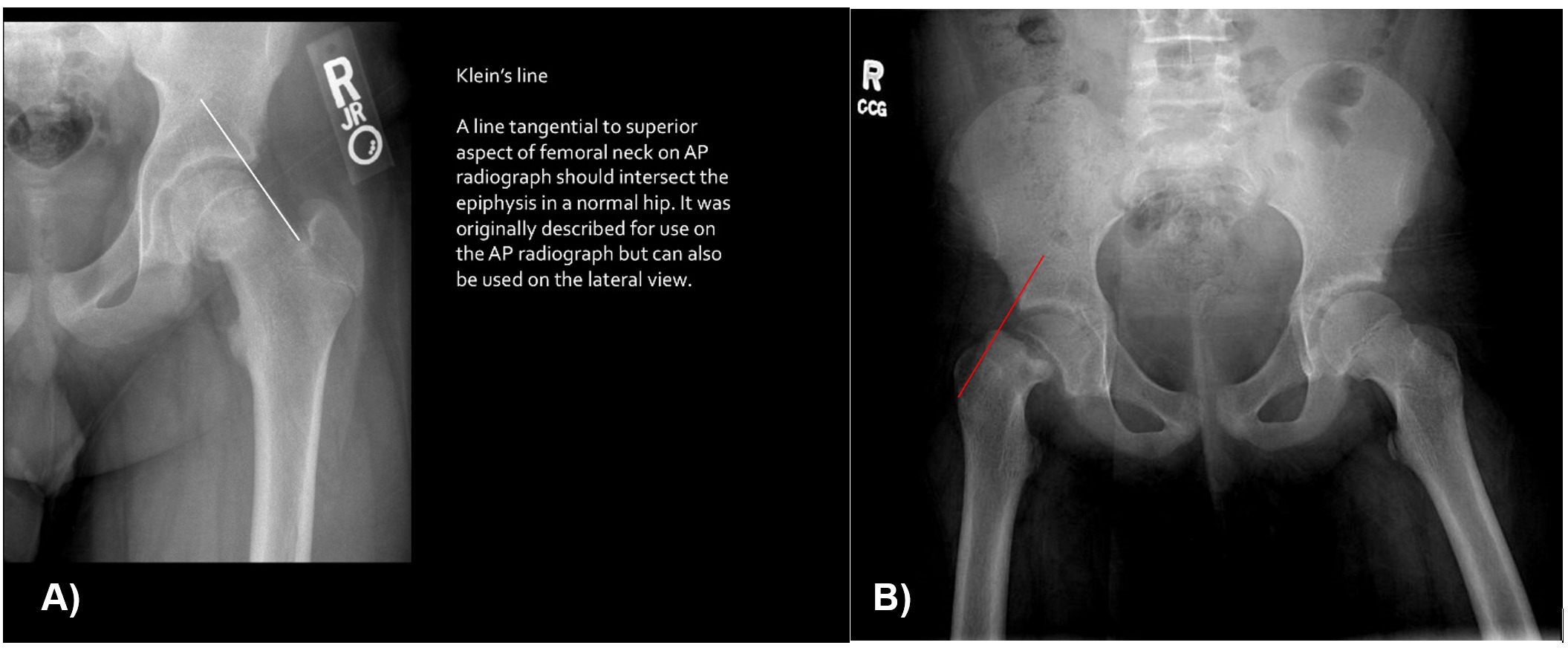




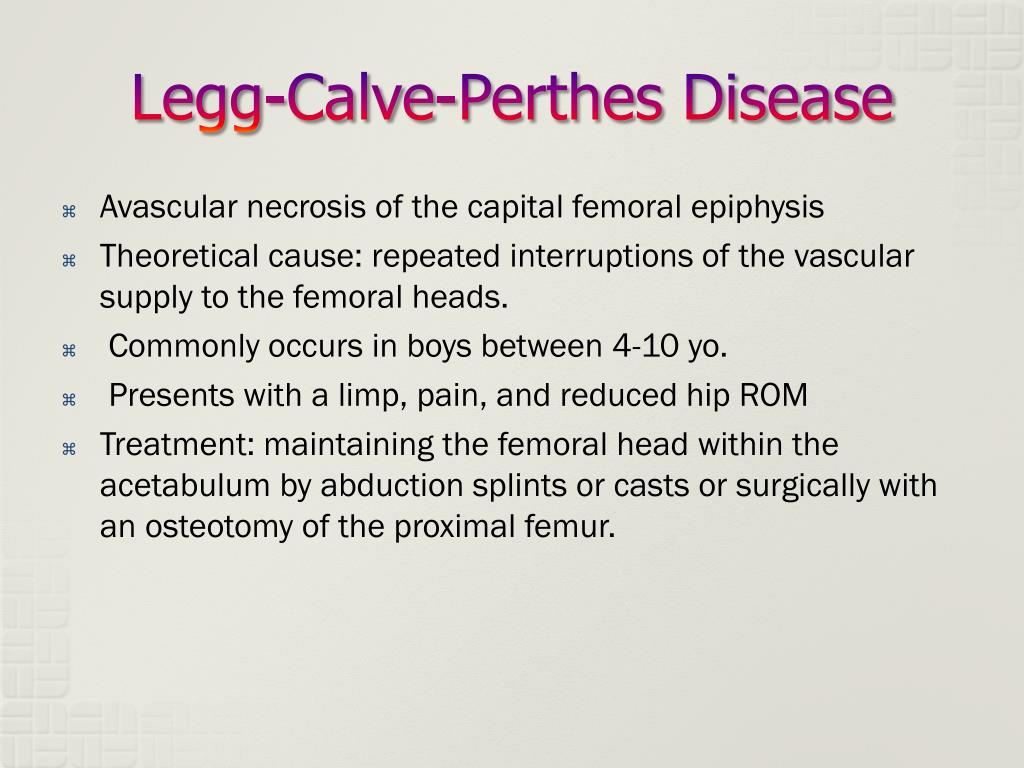





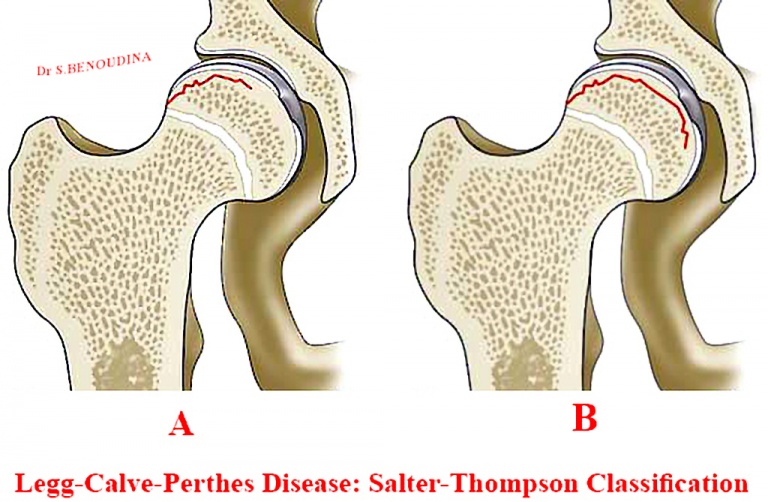


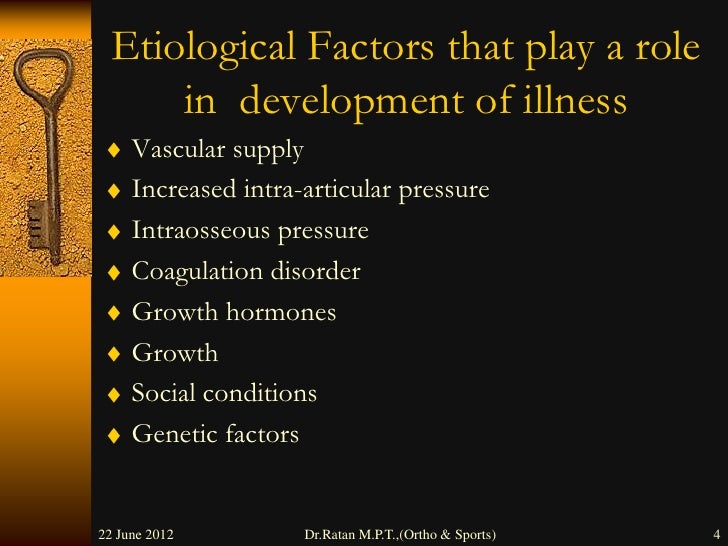




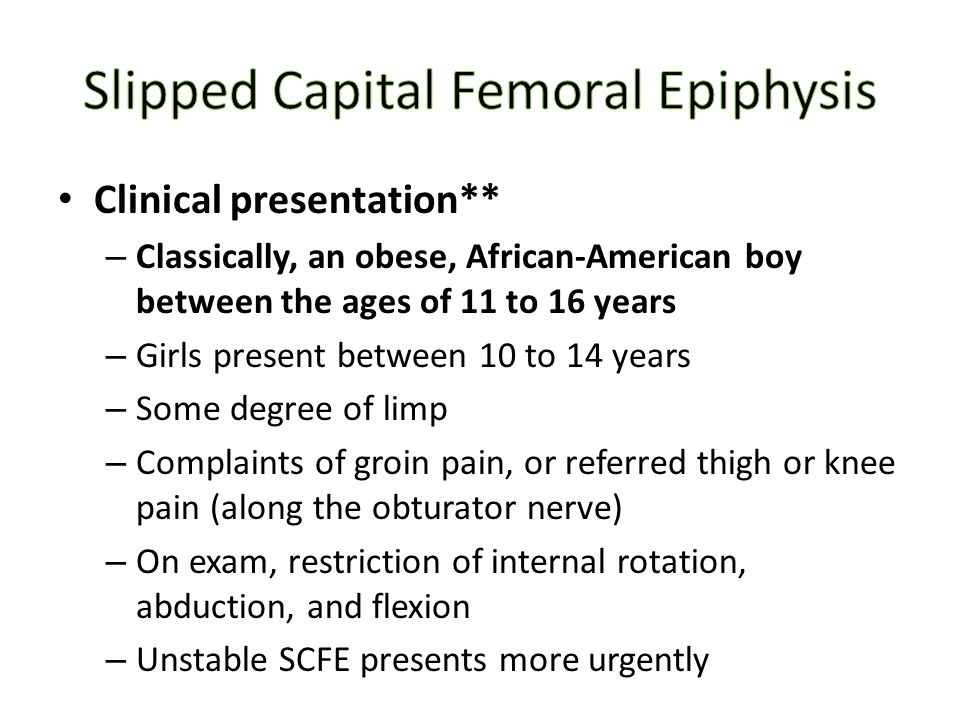




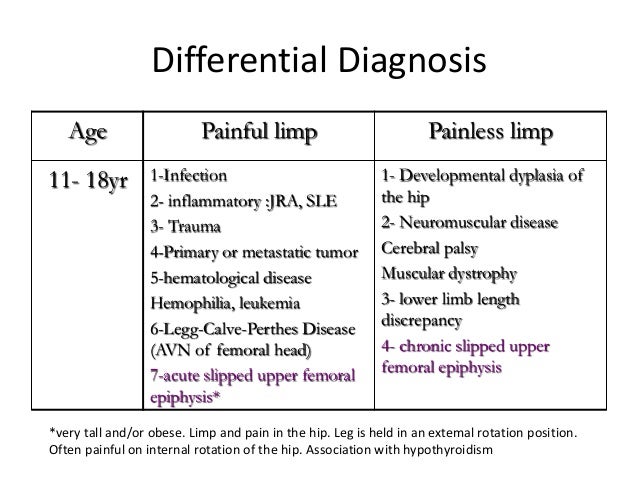


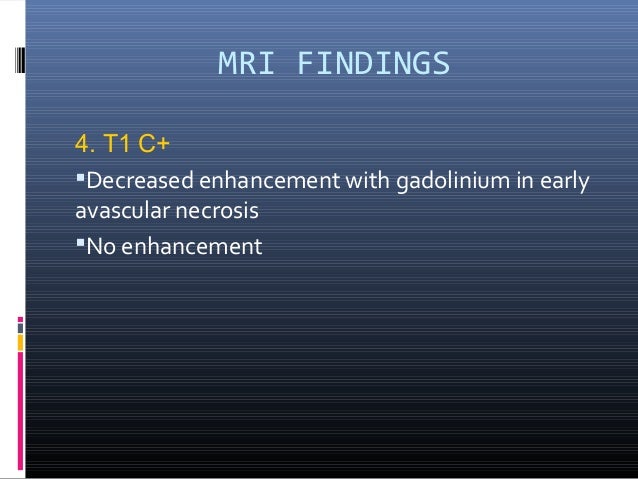

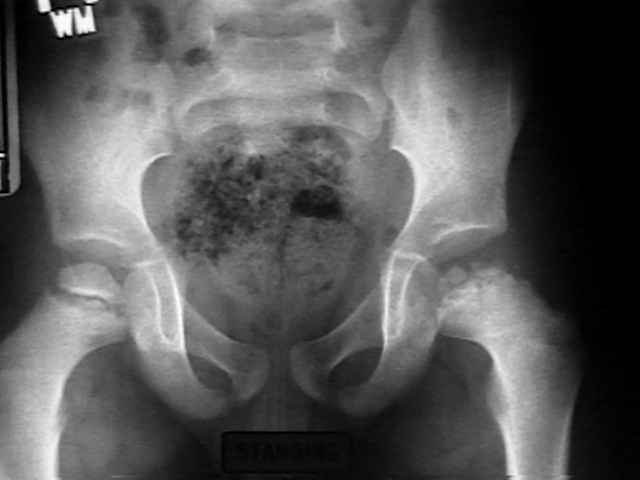

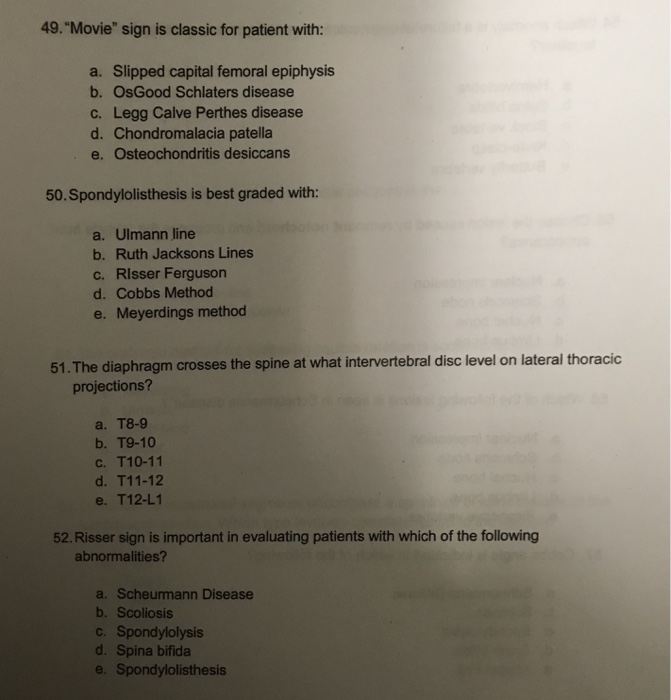

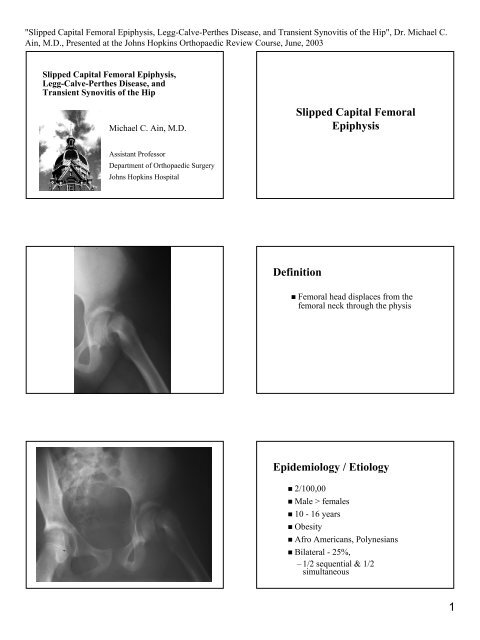
Post a Comment for "Slipped Capital Femoral Epiphysis Vs Legg-calve-perthes Disease"